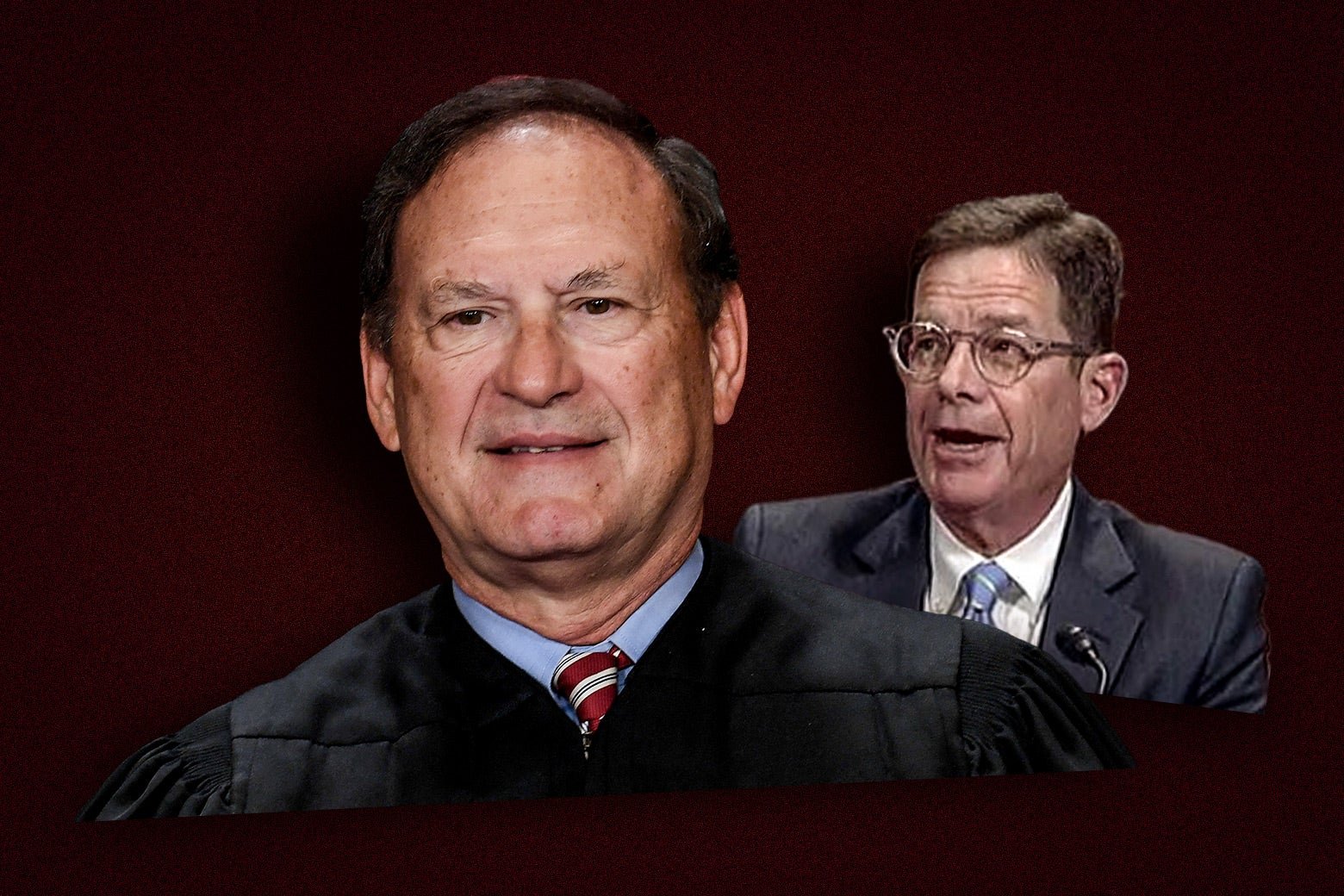When the Supreme Court overturned Roe v. Wade, it claimed to be removing the judiciary from the abortion debate. In reality, it simply gave the courts a macabre new task: deciding how far states can push a patient toward death before allowing her to undergo an emergency abortion.
On Tuesday, the U.S. Court of Appeals for the 5th Circuit offered its own answer, declaring that Texas may prohibit hospitals from providing “stabilizing treatment” to pregnant patients by performing an abortion—withholding the procedure until their condition deteriorates to the point of grievous injury or near-certain death.
The ruling proves what we already know: Roe’s demise has transformed the judiciary into a kind of death panel that holds the power to elevate the potential life of a fetus over the actual life of a patient.



It may not be directly tied to religious works. However, religion is being used to prop it up, as usual. I still agree that people can practice what they wish, though I’m beginning to feel strongly that religion is a plague and we’d be better off without it. Yet, I suppose, evil fools would just find something else to cower behind.
That’s pretty close to how I feel about it too.
In religion’s defense, many religions are also being used to prop up pro-choice. It just so happens 2 or 3 of the largest religions are very outspoken so the rest of them are getting ignored.
Stealing from Pew, almost all of Judaism, Universalism, and many of the major non-evangelical protestant religions are pro-choice. Even Islam is largely “limited pro-choice”. If I had to guess, the majority of religions weighted by adherents are either morally pro-abortion-rights, or at least pro-choice due to lack of mandate otherwise.
…if we look back at the US Civil War, the Christian churches fell on both sides of the Slavery argument fairly consistently, basically based on what their constituents wanted to hear.